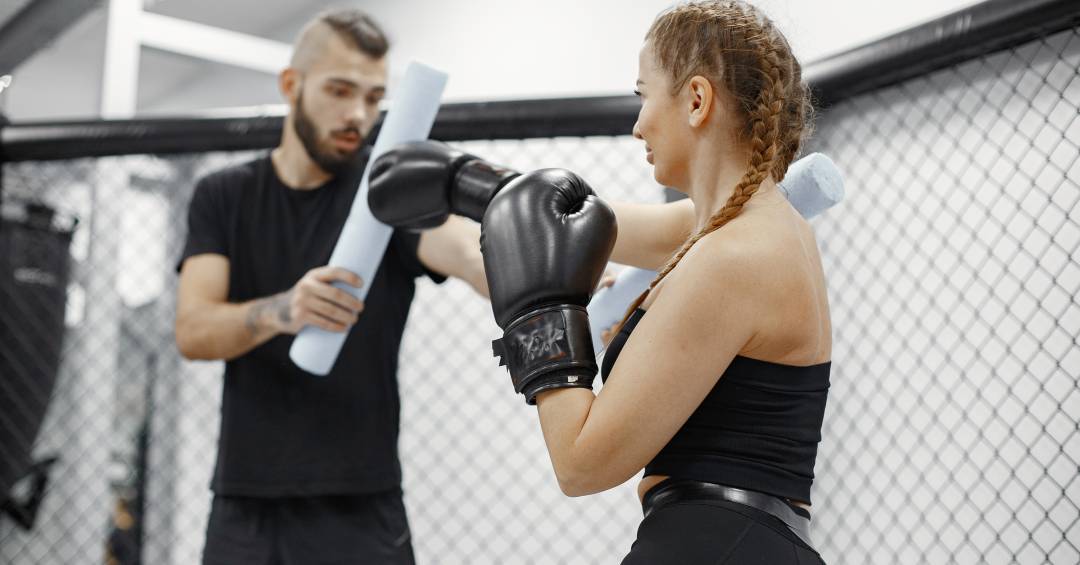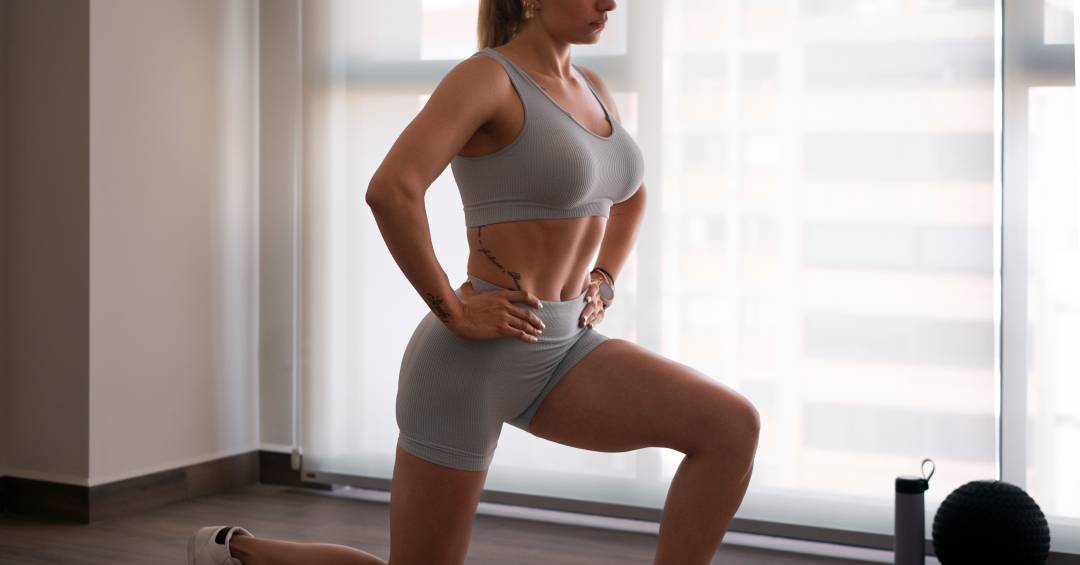

With different types of modalities, fights are another way to keep the body active and guarantee the health benefits of physical activities. Currently, however, a specific modality has gained prominence, especially among beginners: personal fight.
But how do you start practicing a fight? According to head coach and co-founder of Down to Fight, Zelãoyou don't need much to start a combat sport.
“The only concern that students should have is to get started, select the practice, the gym or studio, and start training”, he points out. And he adds: “Generally, gyms tend to have gloves and material to lend, which makes the initial process easier.”
The professional states that the personal fight class could be a good idea to start with, as this way it is possible to have 100% personalized training for your level of knowledge and conditioning. But, if you want to explore more options, his tip is to test different types until you find one that you want to prioritize and that is a light moment in your day, that is, that goes beyond the obligation.
“A good teacher will always confirm if you have experience with fighting and, if not, will give you educational exercises to familiarize you with the moves and gradually understand the technical part”, he explains.
Benefits of personal fighting
Zelão states that, initially, personal fighting was well known for its high caloric expenditure, as it consists of dynamic training, which works the entire body and is focused on losing fat and gaining muscle mass.
Furthermore, although the focus is not on self-defense, this practice also brings a sense of well-being and empowerment to the students.
“Fighting sports work the body and mind, relieving stress and bringing benefits such as improving cardiorespiratory conditioning, motor coordination, memory, mobility and agility”, he points out. “There’s nothing better than releasing the stress of everyday life by throwing a few punches and kicks,” he adds.
According to the professional, the benefits of the activity also extend post-workout.
“As it is a high-intensity activity with a short recovery time, there is an afterburn effect, that is, fat burning continues for hours after the end of training due to the high level of oxygen necessary to generate energy during training” , concludes the head coach.

